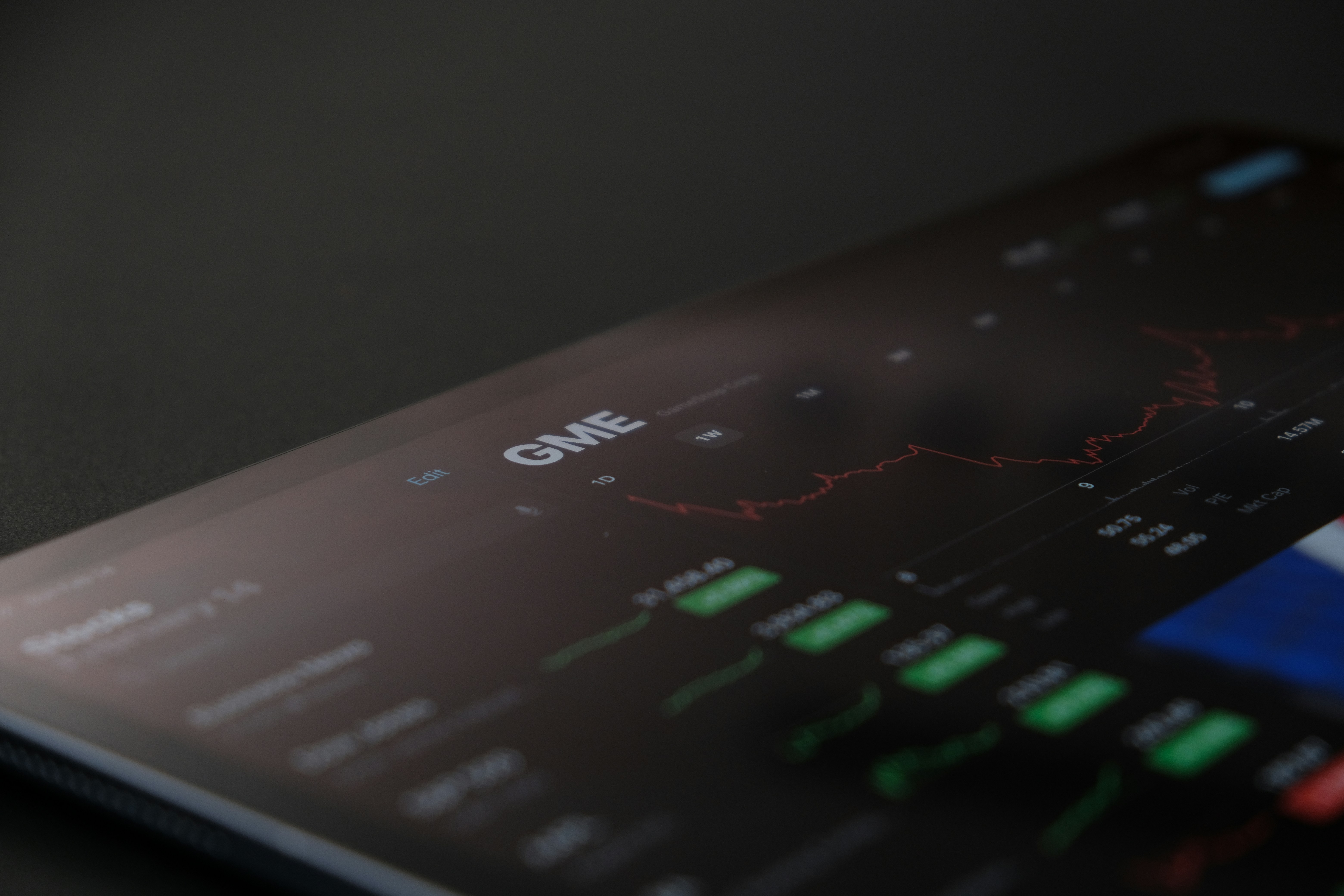What is Forex Trading?
Forex (foreign exchange) is the global marketplace for buying and selling currencies. It's the largest and most liquid financial market in the world, with over $7.5 trillion traded daily.
When you trade forex, you're simultaneously buying one currency while selling another. Currencies are always traded in pairs (e.g., EUR/USD, GBP/JPY).
How Does Forex Trading Work?
Currency Pairs Explained
Every forex trade involves a currency pair:
- Base currency (first): The currency you're buying
- Quote currency (second): The currency you're selling
Example: EUR/USD = 1.0950
- This means 1 Euro equals 1.0950 US Dollars
- If you think the Euro will strengthen, you buy EUR/USD
- If you think the Euro will weaken, you sell EUR/USD
Major Currency Pairs
The most traded pairs (known as "majors"):
- EUR/USD — Euro vs US Dollar (most liquid)
- GBP/USD — British Pound vs US Dollar
- USD/JPY — US Dollar vs Japanese Yen
- USD/CHF — US Dollar vs Swiss Franc
- AUD/USD — Australian Dollar vs US Dollar
- USD/CAD — US Dollar vs Canadian Dollar
- NZD/USD — New Zealand Dollar vs US Dollar
Why Trade Forex?
Advantages
✅ 24/5 Market Access — Trade Monday–Friday, around the clock
✅ High Liquidity — Easy to enter and exit trades
✅ Low Capital Requirements — Start with as little as $100
✅ Leverage Available — Control larger positions with less capital
✅ No Commissions — Most brokers earn from the spread
Risks
⚠️ High Volatility — Prices can move rapidly
⚠️ Leverage Risk — Magnifies both profits and losses
⚠️ 24-Hour Market — Requires discipline and monitoring
⚠️ Complexity — Multiple factors affect currency prices
What Moves Currency Prices?
Currency values change based on:
1. Economic Data
- GDP growth rates
- Employment reports (e.g., US Non-Farm Payrolls)
- Inflation data (CPI, PPI)
- Retail sales and manufacturing data
2. Central Bank Policy
- Interest rate decisions
- Quantitative easing or tightening
- Forward guidance
3. Political Events
- Elections and policy changes
- Trade agreements or disputes
- Geopolitical tensions
4. Market Sentiment
- Risk appetite (risk-on vs risk-off)
- Safe-haven flows during crises
- Speculation and positioning
How to Start Forex Trading
Step 1: Education
- Learn the basics (you're here! ✓)
- Understand risk management
- Study chart patterns and analysis
Step 2: Choose a Broker
- Verify regulation (FCA, ASIC, CySEC)
- Compare spreads and fees
- Test the trading platform
- Check customer support
👉 Compare regulated forex brokers
Step 3: Open a Demo Account
- Practice with virtual money
- Test strategies risk-free
- Learn the platform features
- Build confidence before risking real capital
Step 4: Start Small
- Begin with a mini or micro account
- Risk only 1-2% per trade
- Keep a trading journal
- Focus on learning, not profits
Common Forex Terms
Pip (Point in Percentage) — The smallest price movement (usually 0.0001)
Spread — The difference between buy and sell price (broker's fee)
Leverage — Borrowing capital to control larger positions (e.g., 1:100)
Margin — The deposit required to open a leveraged position
Lot — Standard trade size (1 lot = 100,000 units of base currency)
Stop Loss — An order to close a losing trade at a predetermined price
Take Profit — An order to close a winning trade at a target price
Is Forex Trading Right for You?
Forex trading may suit you if:
- ✅ You can dedicate time to learning and analysis
- ✅ You have the discipline to follow a trading plan
- ✅ You can handle risk and potential losses
- ✅ You're interested in global economics and markets
- ✅ You can control emotions during volatile markets
Forex may not be suitable if:
- ❌ You need guaranteed income
- ❌ You can't afford to lose your capital
- ❌ You're looking for "get rich quick" schemes
- ❌ You react emotionally to losses
- ❌ You don't have time for proper education
Next Steps
📚 Continue Learning:
🔍 Find a Broker:
⚠️ Important: Forex trading involves significant risk. Never trade with money you can't afford to lose. Consider starting with a demo account before risking real capital.
Last Updated: October 2025
Key Takeaways
Remember these important points:
- 1 Risk management is the most important skill in trading
- 2 Never risk more than 1-2% per trade
- 3 Always use stop losses - no exceptions
Related Articles
Learn to protect your capital
Learn to read charts
Create your strategy

